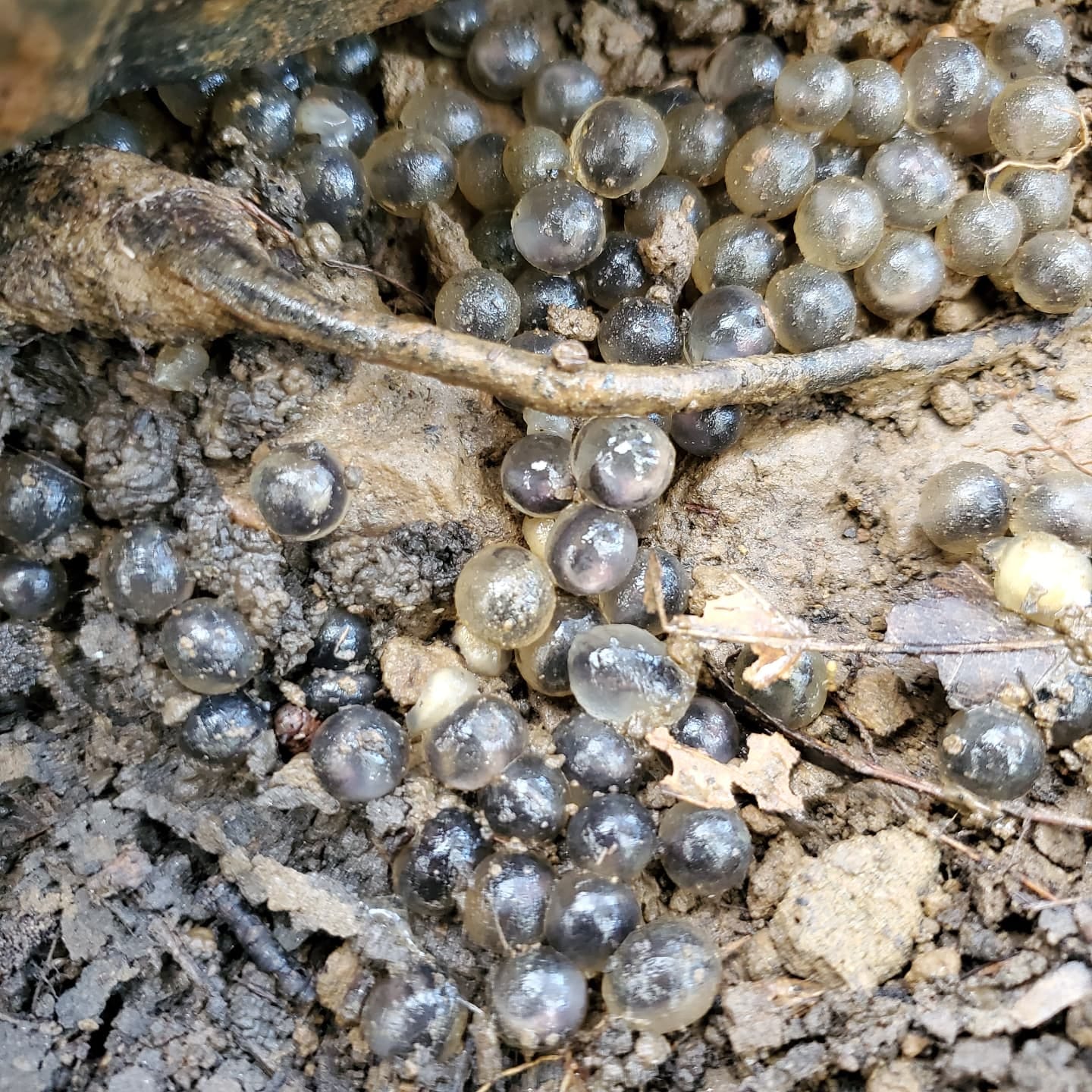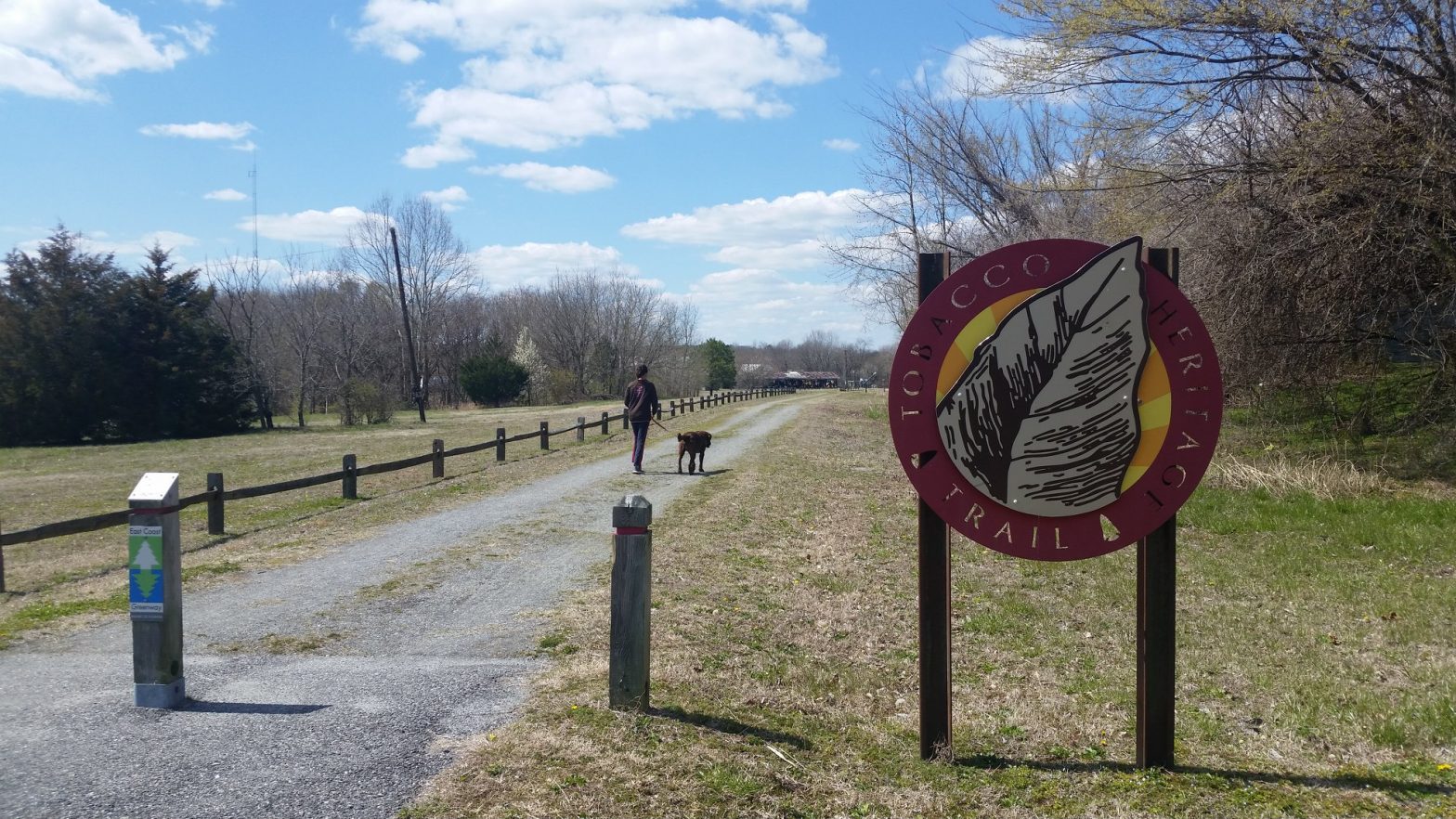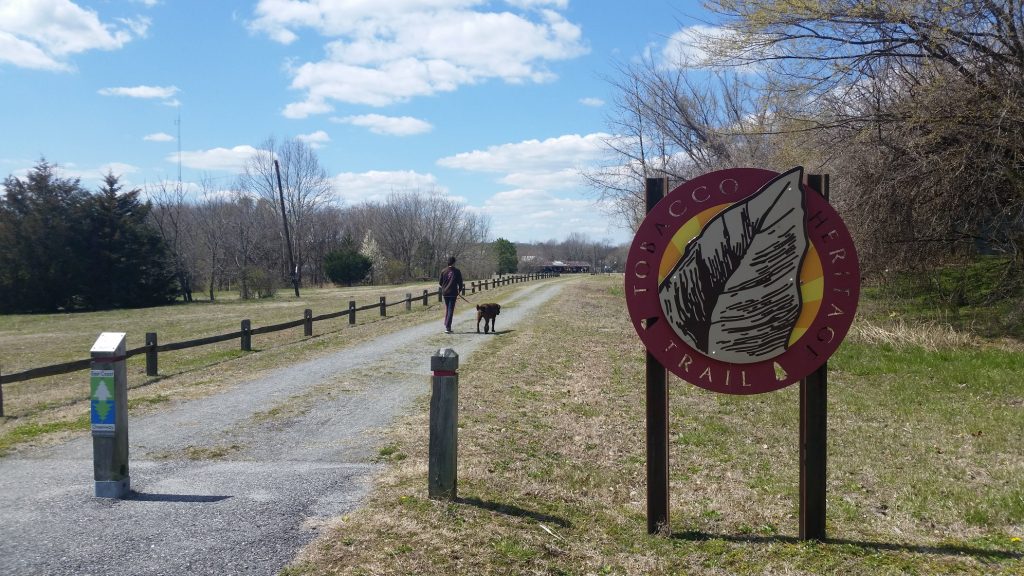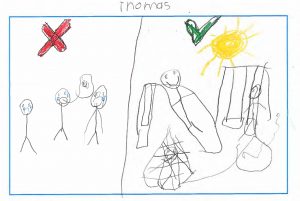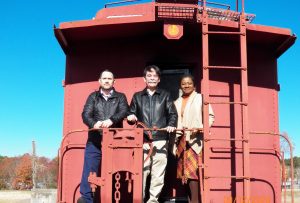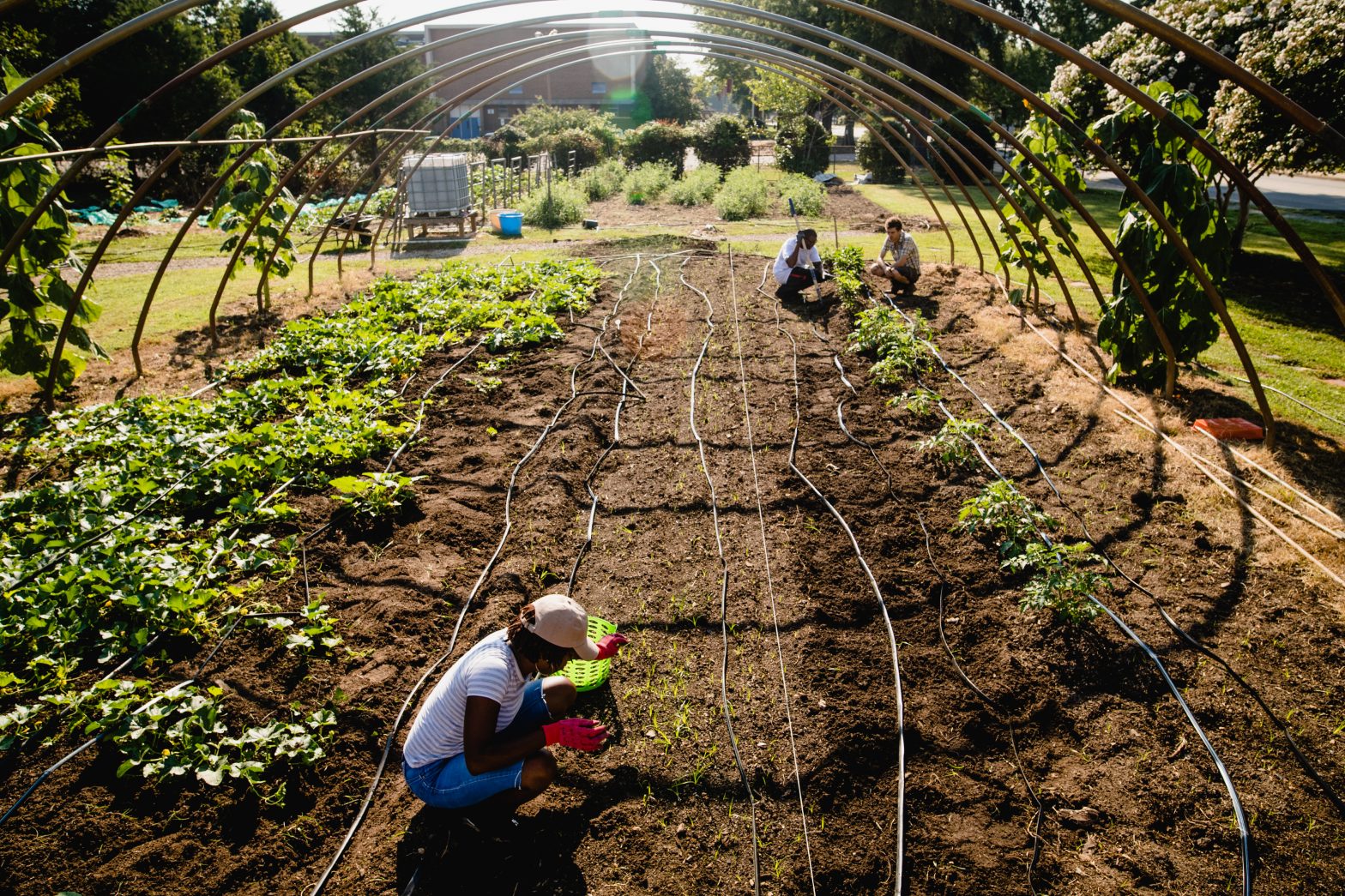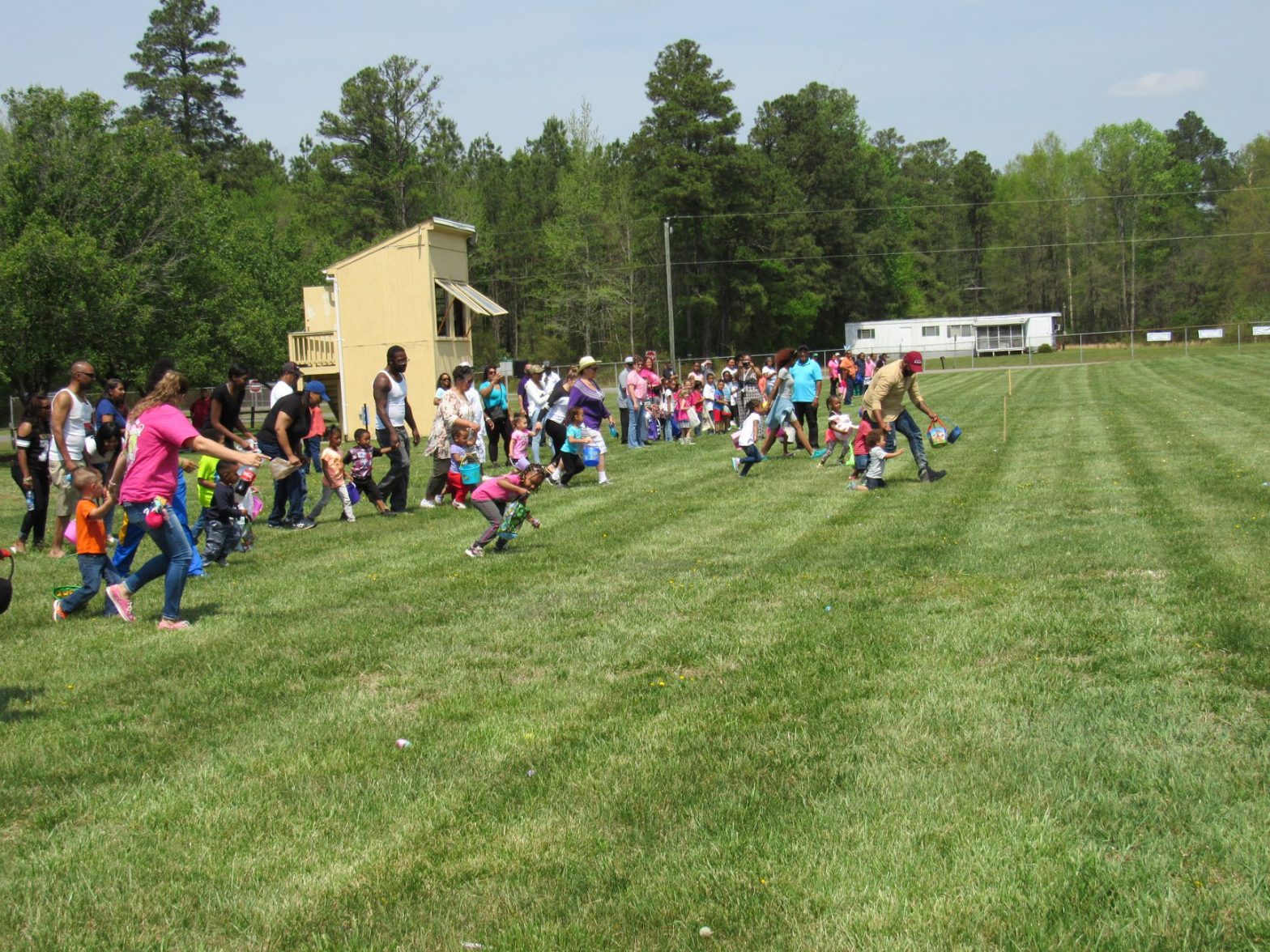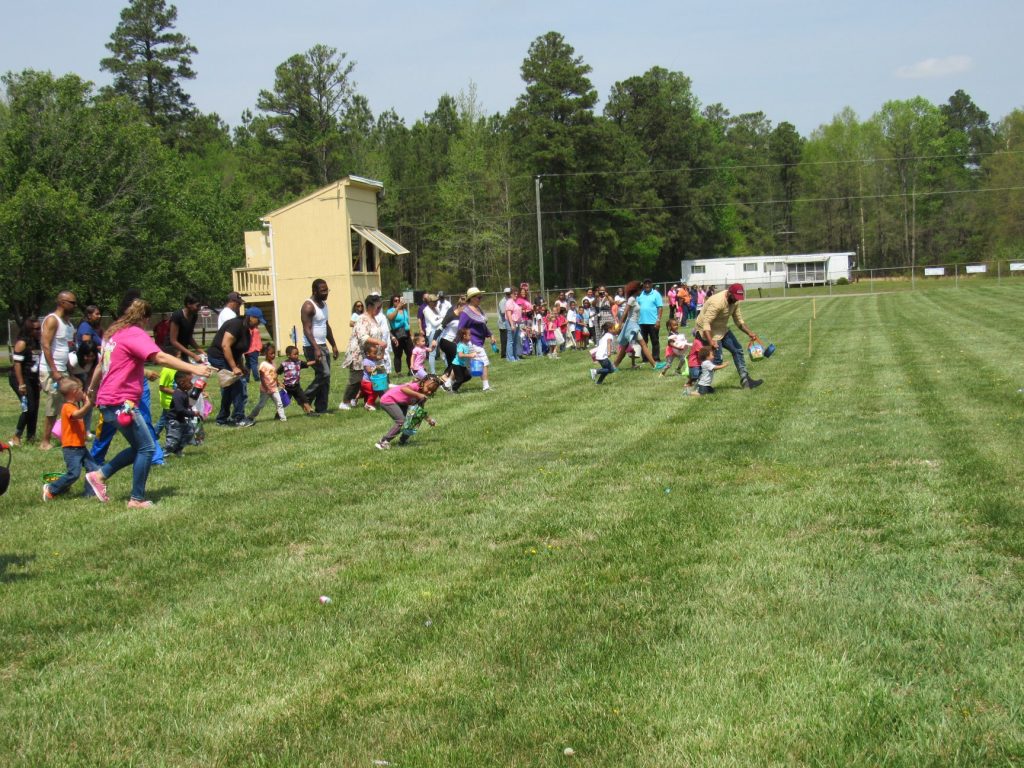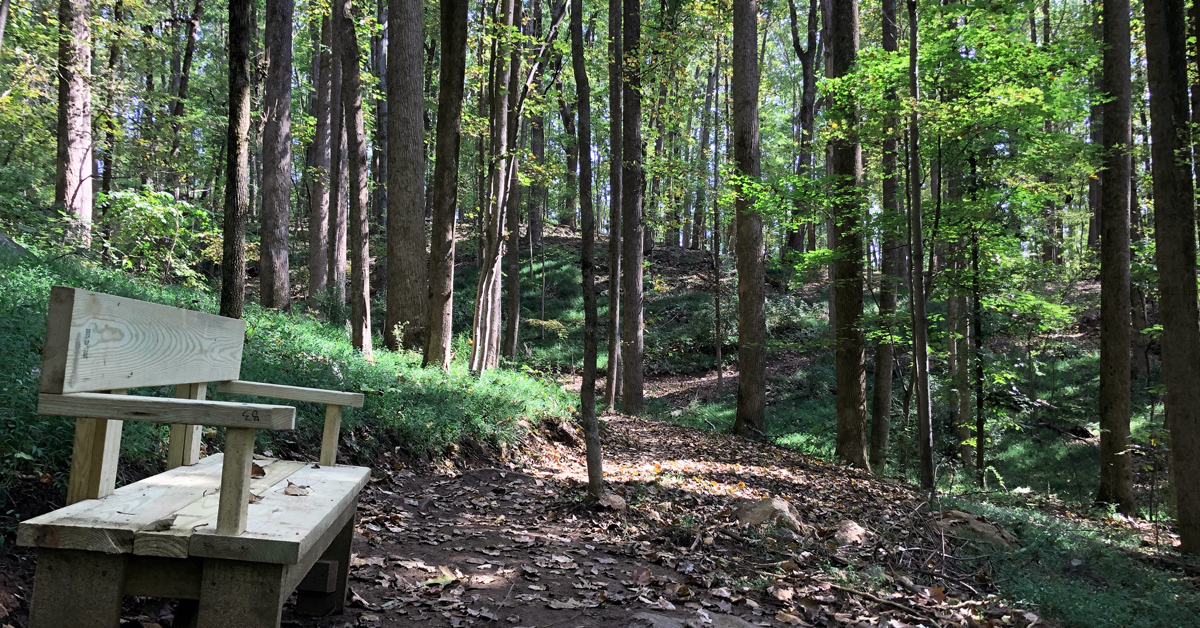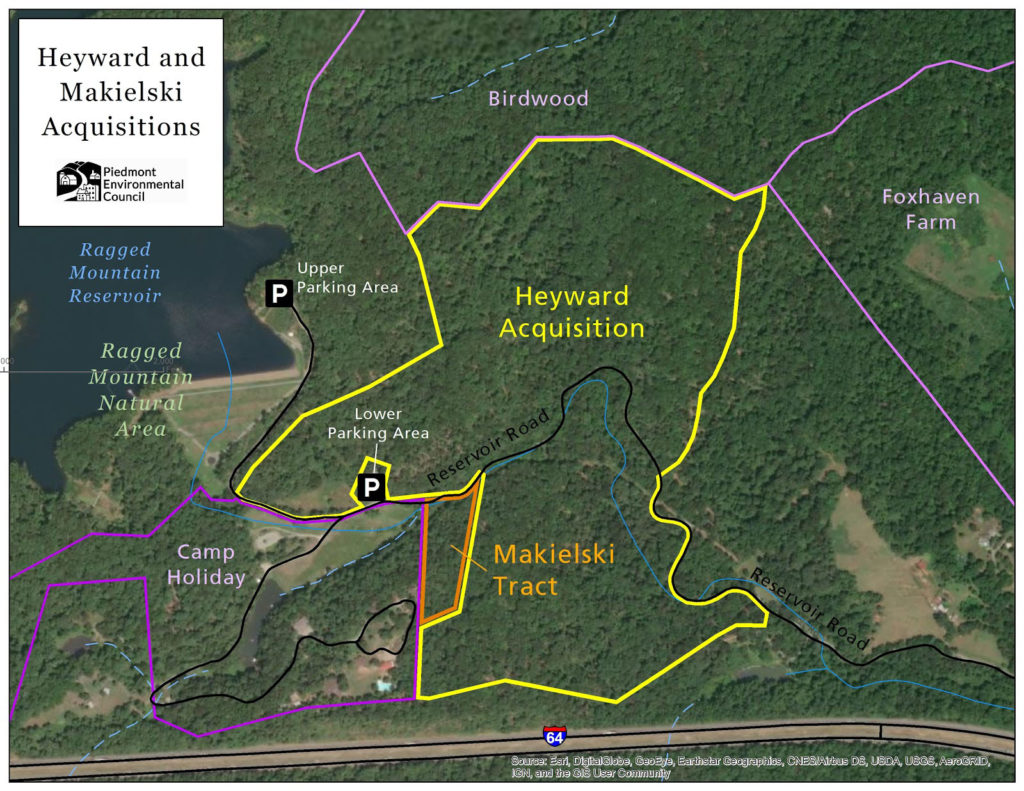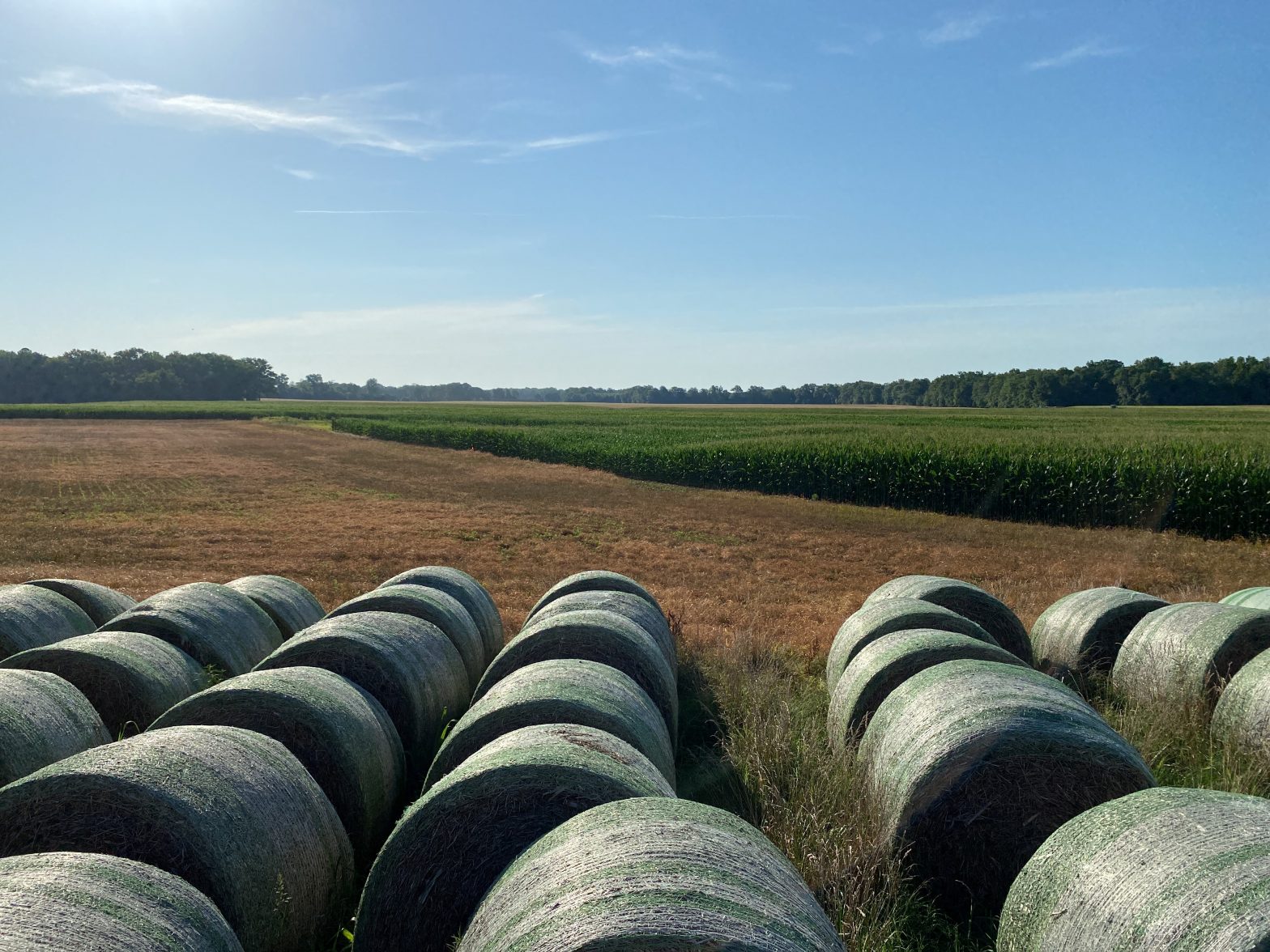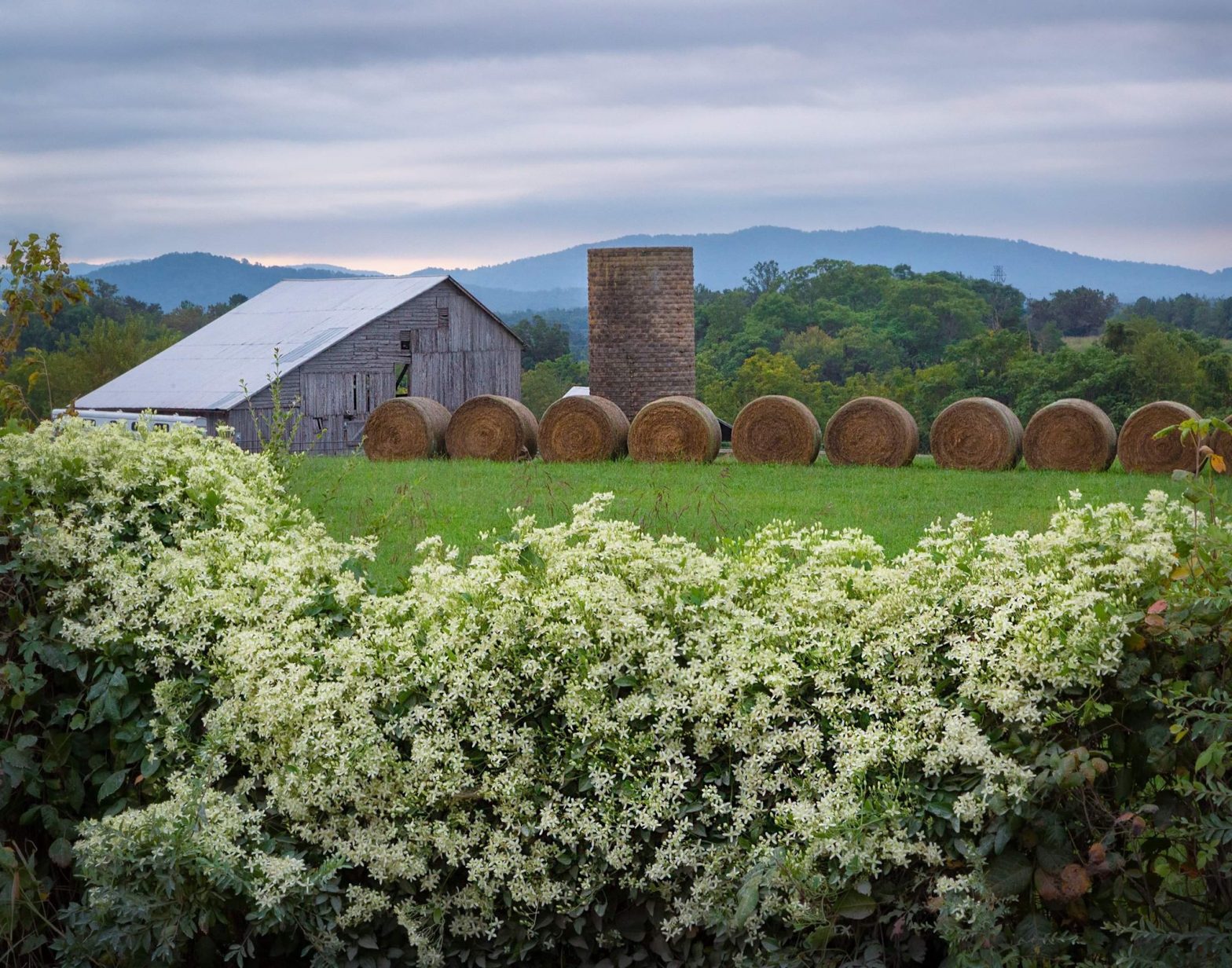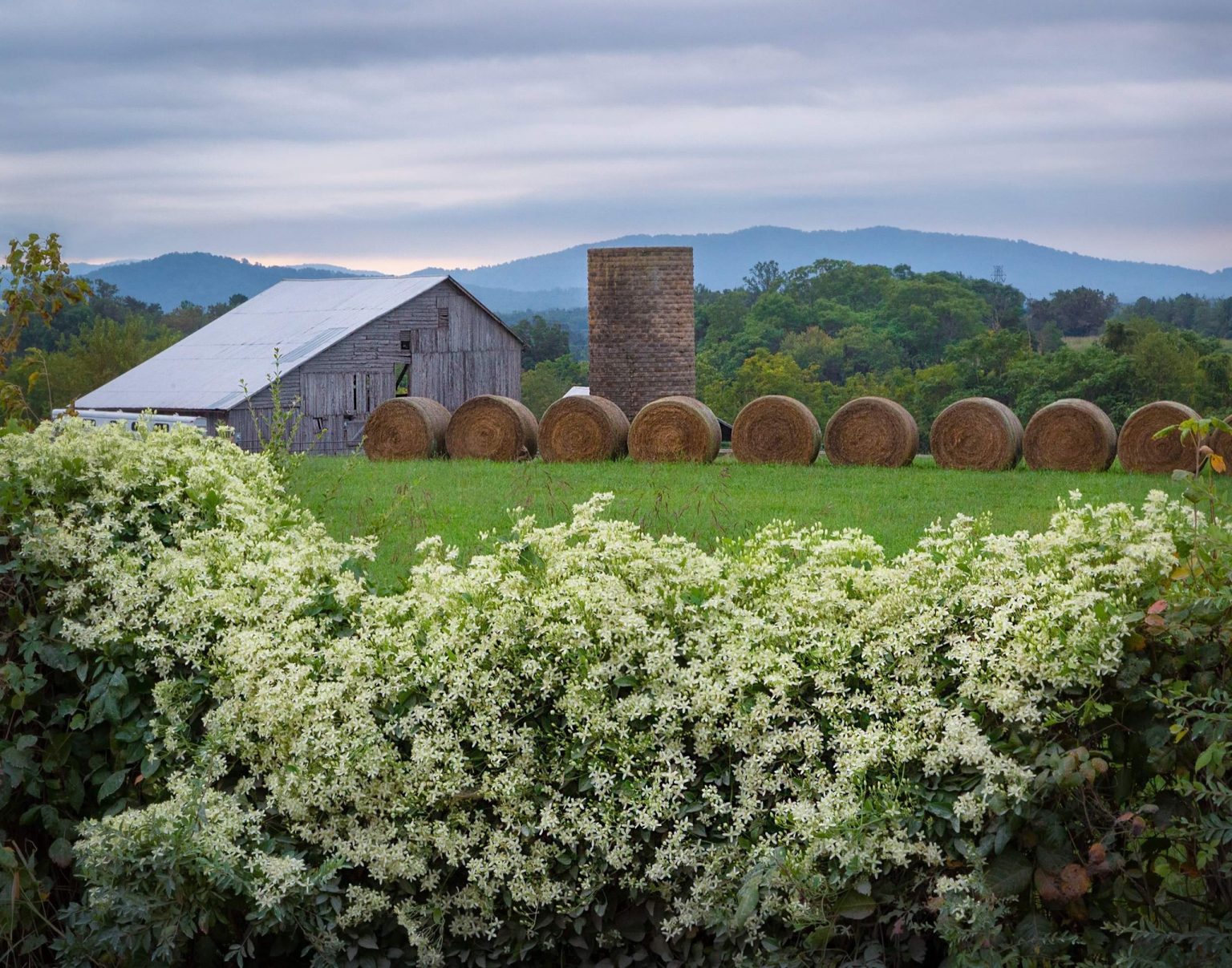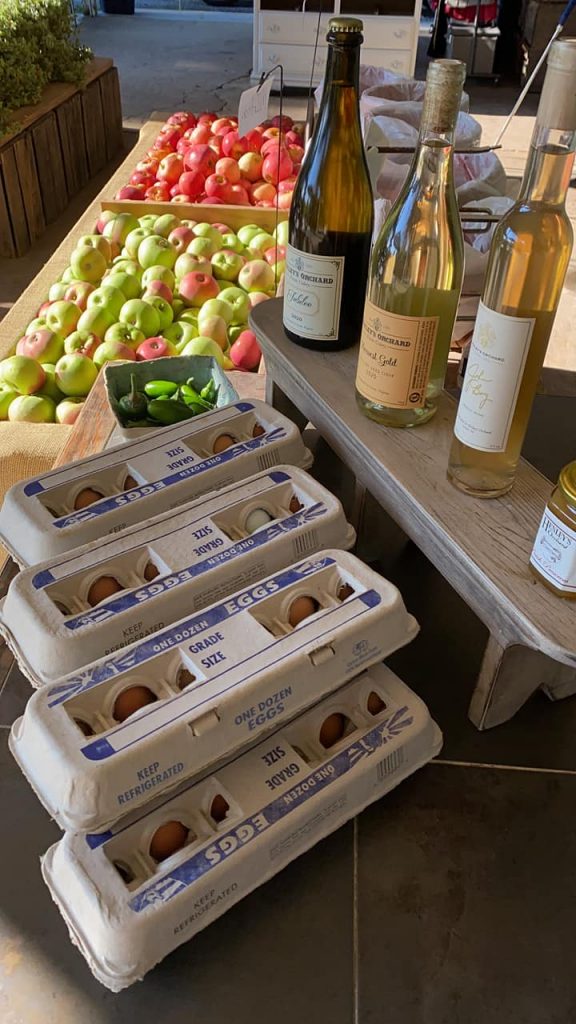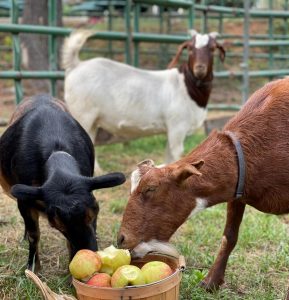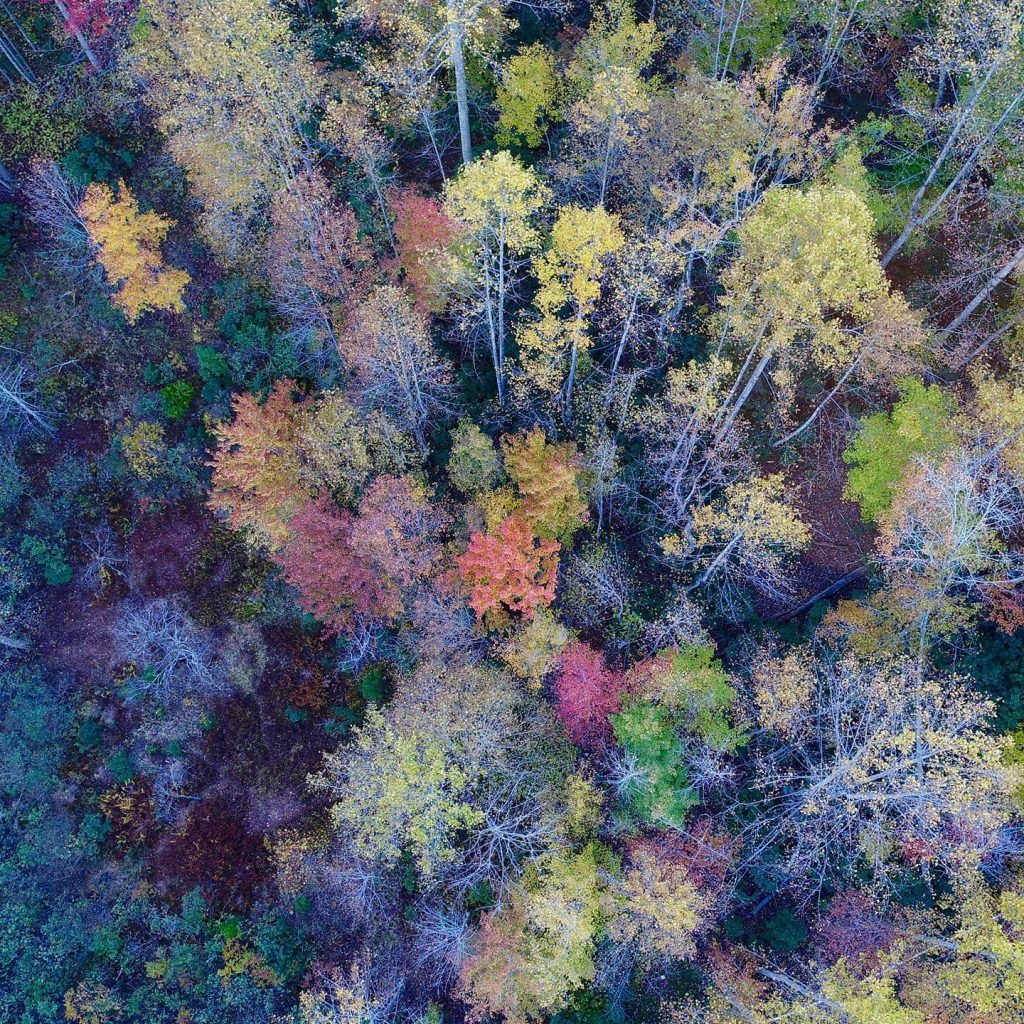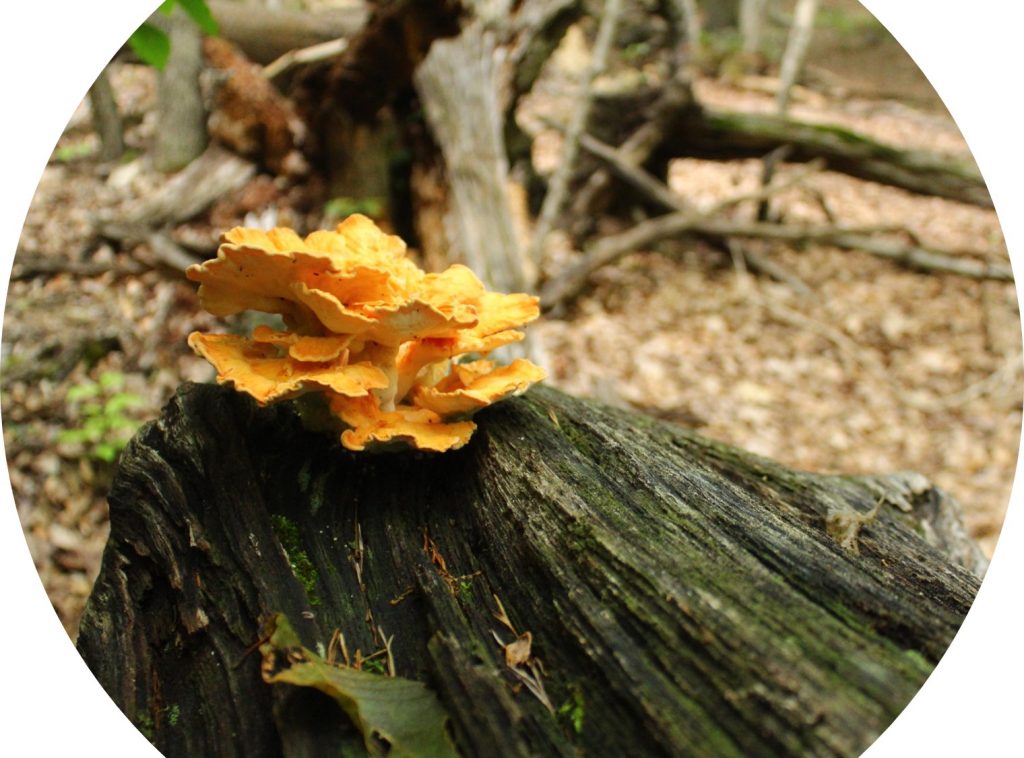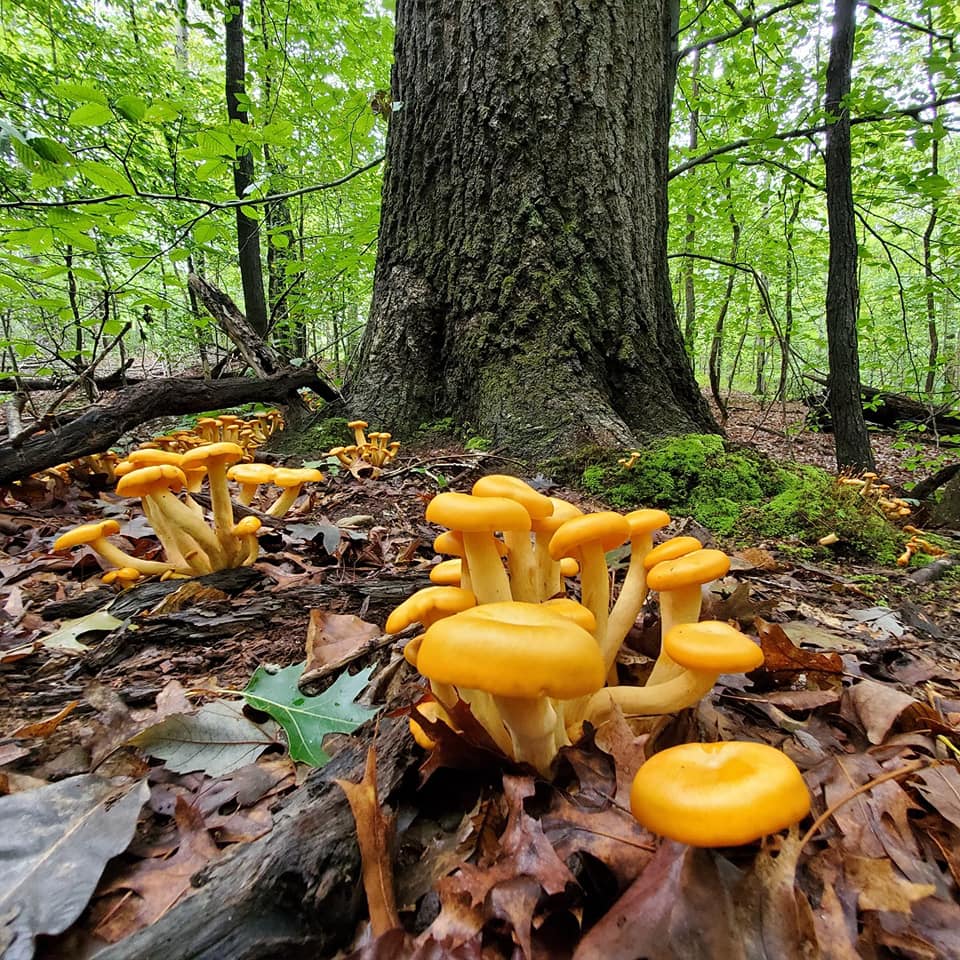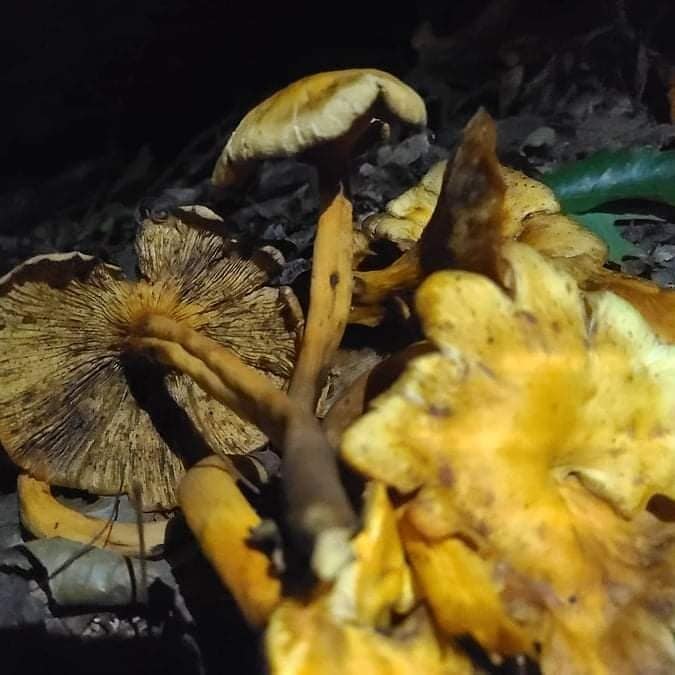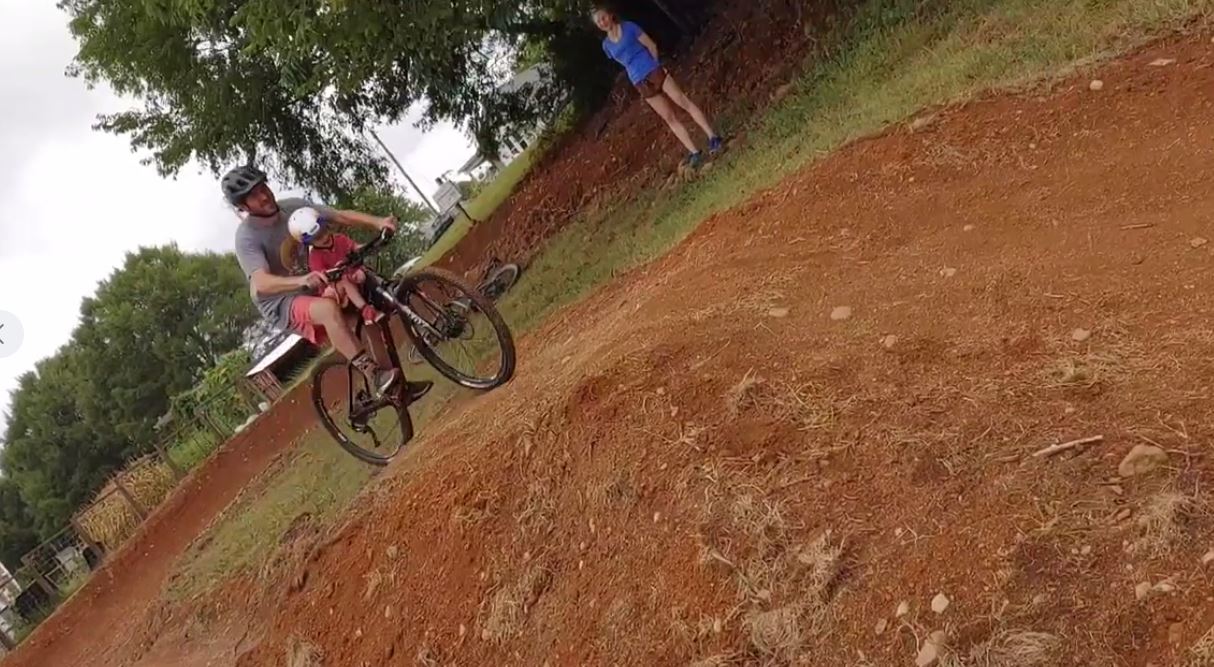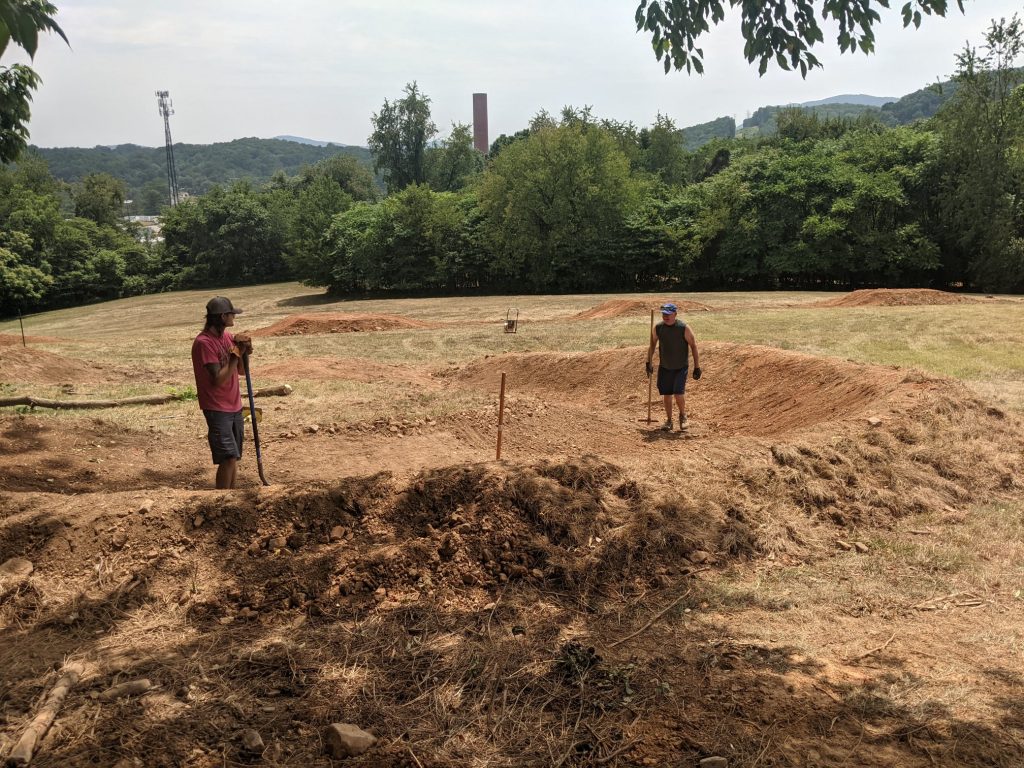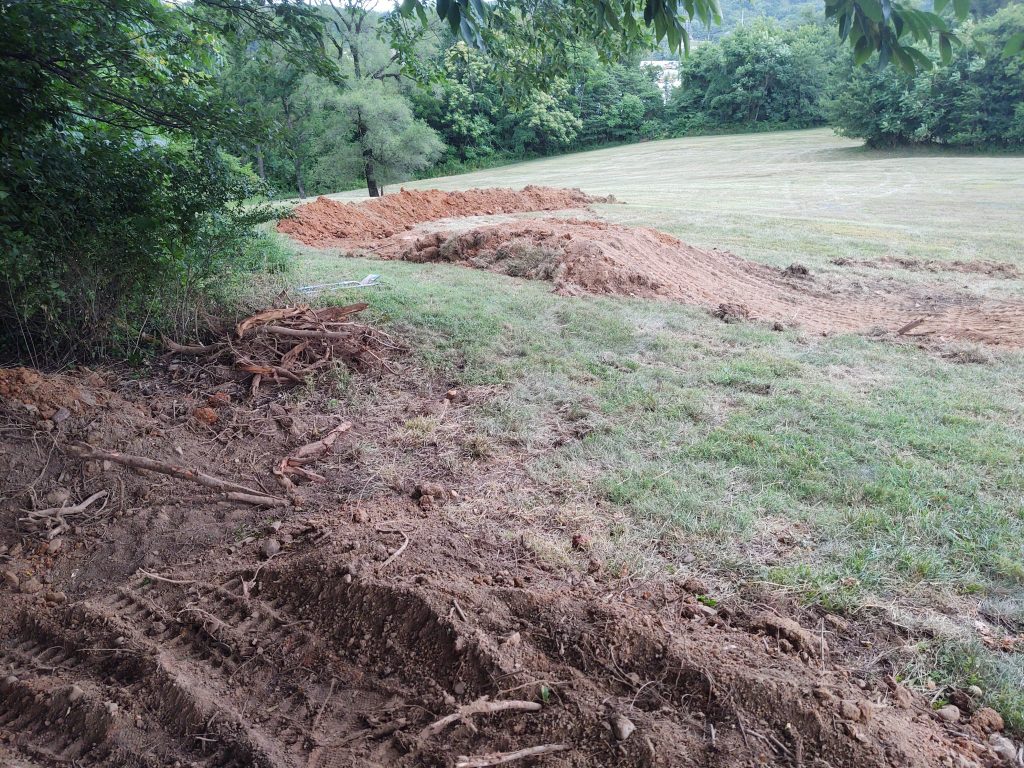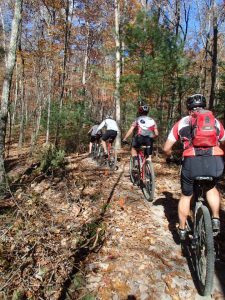The Virginia Outdoors Foundation (VOF) today announced $1,385,857 in grants for projects that increase access to public open space in 25 counties and cities.
The 28 grants were awarded from VOF’s Preservation Trust Fund and Get Outdoors grant programs. The Preservation Trust Fund program provides grants for acquisitions, easements, rights of way, and other methods of protecting open space for farming, forestry, recreation, wildlife, water quality, and more. The Get Outdoors program provides grants for projects that increase equitable access to safe open space in underserved communities.
To learn more about VOF’s grant programs, visit https://www.vof.org/protect/grants/.
Grant Recipient Summaries
Preservation Trust Fund
Grantee: Brunswick County
Locality: Brunswick County
Amount: $150,000
Project: Lake Gaston
Description: Construction of a future public day-use site located on Lake Gaston, a major tourist attraction with limited public access.
Grantee: Capital Region Land Conservancy
Locality: City of Colonial Heights
Amount: $150,000
Project: Historic Harvell Dam Area
Description: Acquisition of 0.88 acres in Colonial Heights that is critical to the development of the 25-mile-long Appomattox River Trail and will connect Colonial Heights to Virginia State University and the Fall Line Trail.
Grantee: Capital Region Land Conservancy
Locality: Chesterfield County
Amount: $150,000
Project: Campbell’s Bridge Mills
Description: Acquisition of 10 acres in Chesterfield that is critical to the development of the 25-mile-long Appomattox River Trail and will connect Virginia State University, the Fall Line Trail, and Randolph Farm campus.
Grantee: Downtown Greens Inc
Locality: City of Fredericksburg
Amount: $150,000
Project: Downtown Greens Land Expansion Project
Description: Acquisition of a 56-acre parcel of productive farmland that will provide additional accessible green space, an agricultural training center, and new nature-based learning opportunities for all ages.
Grantee: James City County Department of Parks and Recreation
Locality: James City County
Amount: $109,400
Project: Grove Community Park
Description: Acquisition of two adjacent properties to create a 7.75-acre Grove Community Park, serving a community that is historically underserved with recreational amenities and has the highest level of poverty-level households in James City County.
Grantee: Town of Bridgewater
Locality: Rockingham County
Amount: $55,000
Project: Riverwalk, Phase III
Description: Purchase of land and right-of-way for the construction of Phase III of the Town’s Riverwalk project, a shared-use path along the edge of the North River that will eventually span over two miles and create an east-west pedestrian and bicycle connector across the town.
Grantee: Town of Fincastle
Locality: Botetourt County
Amount: $57,000
Project: Big Spring Park; An Historical Revival
Description: Improvements to Big Spring Park, 4-acre linear park connecting the historic downtown to Breckenridge Elementary School. New features would consist of an outdoor classroom, historical interpretation, and a native fruit orchard and pollinator garden.
Grantee: Town of Glade Spring
Locality: Washington County
Amount: $100,000
Project: Glade Spring – Saltville Trail Extension
Description: Acquisition of a .65-mile section of Norfolk Southern rail line to connect the existing Salt Trail from Saltville to Glade, and then from Glade to Emory & Henry College.
Grantee: Town of Independence
Locality: Grayson County
Amount: $65,000
Project: North Independence Park
Description: Acquisition of 2.12 acres of vacant land to build one of the first public parks in the Town’s 115-year history.
Get Outdoors
Grantee: Africulture
Locality: Orange County
Amount: $24,400
Project: Taste of Africa
Description: A Taste of Africa (TOA) is a farm-based introduction and walk through African and Caribbean cultures and history. Many plants, principles, and practices, as well as people, were brought to America and the western hemisphere against their will. Despite their unfortunate and dire circumstances, they still maintained aspects of their food culture and traditions. Taste of Africa will expose and properly introduce residents of Virginia and the region to these cultural foodways.
Grantee: Bennett’s Village
Locality: City of Charlottesville
Amount: $25,000
Project: Bennett’s Village Treehouse at Pen Park
Description: Bennett’s Village is dedicated to making the world a more inclusive place for all to play. The first phase in creating a multi-generational, all-abilities playground at Pen Park is an accessible, multi-level treehouse. This grant will support completion of construction documents, which is the critical next step in the overall vision for Bennett’s Village.
Grantee: Boys & Girls Club of the Northern Neck
Locality: Lancaster County
Amount: $25,000
Project: BGCNN Outdoor Education and Public Recreation Space
Description: Boys & Girls Club of the Northern Neck is looking to provide green space for education, quiet time and play for youth. Funding will improve soil, turf and drainage in an activity field area; create a perimeter path trail with physical fitness activities; and create garden areas.
Grantee: Craig County Recreation and Conservation Association, Inc.
Locality: Craig County
Amount: $22,932.00
Project: Craig County Field of Dreams
Description: Funding for a septic system at the Craig Field of Dreams, a multi-purpose sports complex serving the community.
Grantee: Dan River Basin Association
Locality: Henry County
Amount: $25,000
Project: Historical Downtown Connection to Public Park
Description: Construction of steps, a sidewalk trail, and beautification at Fieldale Park, which is the center of historical focal points including the Old Iron Bridge Memorial and the famous Fieldcrest – Cannon textile factory.
Grantee: Virginia Department of Conservation and Recreation
Locality: Fairfax County
Amount: $15,000
Project: Open Spaces, Open Doors, Open Minds
Description: The purpose of this project is to increase access for underserved communities to green and outdoor spaces, establish healthy habits in youths, and introduce potential career paths in natural resources and recreation to program participants. The program will serve residents from Northern Virginia, including Lorton and Fairfax, who will be provided a meal and transportation to and from a state park in the region, where they will learn about the natural and historic resources present.
Grantee: East Coast Greenway Alliance
Locality: City of Chesapeake
Amount: $20,000
Project: Advancing the ECG by Connecting Great Dismal Swamp Trail
Description: An 8.3-mile section of the Dismal Swamp Canal Trail is completed in Chesapeake and another 3 miles exists further south in North Carolina. Both sections of the 3,000-mile East Coast Greenway are adjacent to Great Dismal Swamp federal or state park lands. Between the completed sections is a 5-mile roadway gap along Route 17. Funding will jumpstart the planning for closing the 1.5-mile gap section.
Grantee: Enrichmond Foundation, TreeLab program
Locality: City of Richmond
Amount: $11,625
Project: Trees for Community Health at Battery Park
Description: The Enrichmond Foundation’s TreeLab program, in coordination with Battery Park Civic Association and the City of Richmond’s Department of Parks, Recreation and Community Facilities, will plant and maintain 63 trees and four shrubs in Battery Park in spring 2022. Battery Park is a public park in Northern Barton Heights, which has a history of systemic discrimination. The trees will increase shade around popular sports and playground facilities and mitigate stormwater runoff that causes frequent flooding.
Grantee: Essex County Museum & Historical Society
Locality: Essex County
Amount: $25,000
Project: Essex Museum Outdoor Courtyard Project
Description: The Essex Museum Max Silver Memorial Courtyard will offer the community and visitors to the area a park-like setting in the heart of the Tappahannock Historic District and provide much needed green space, as well as an outdoor classroom for living history programs.
Grantee: Friends of the Lower Appomattox River
Locality: Chesterfield County
Amount: $7,500
Project: Effective Use of Volunteer Resources for Invasive Plant Removal
Description: An initiative to develop and implement a strategic, sustainable invasive species management program that will help to save trees and native plant communities in the area and restore habitat that will improve water quality.
Grantee: Little Cities Foundation
Locality: Amherst County
Amount: $25,000
Project: Madison Heights Dog Park
Description: Seminole Park is located behind the former Seminole School in Madison Heights. Both properties have sat vacant and underutilized for nearly 30 years, succumbing to vandalism and negligence. This grant will help to transform the vacant land into a dual-use park with one half becoming a public park and the other half a dog park. The entire park will be encircled with a walking path.
Grantee: Manchester Middle School
Locality: Chesterfield County
Amount: $8,000
Project: Lion’s Community Cove
Description: Project Lion’s Community Cove will be built to give students and the local community a place to learn, explore and relax in an outdoor space.
Grantee: Pulaski County High School
Locality: Pulaski County
Amount: $25,000
Project: Sensory Trail
Description: The Sensory Trail at Pulaski County High School is being designed as an outdoor instructional space to serve as a resource to all students Pre-K through 12.
Grantee: Renew Richmond
Locality: Henrico County
Amount: $25,000
Project: Farmstrong Community Farm
Description: Farmstrong Community Farm is a project that engages youth and community members in hands-on, skills-based immersion in agriculture, STEM, and environmental sustainability that will promote food access, career opportunities, and educational advancement.
Grantee: Richard Bland College
Locality: Dinwiddie County
Amount: $15,000
Project: Richard Bland College Go Outdoors
Description: The grant will be used over a 4-year period to fund various outdoor learning opportunities and activities to reach as many students as possible. RBC services an underrepresented community with many low-income students, first-generation students, female students, and students of color.
Grantee: SCAN – Scottsville’s Center for the Arts and the Natural Environment
Locality: Albemarle County
Amount: $25,000
Project: SCAN Land
Description: Established in 2004, Scottsville’s Center for the Arts and the Natural Environment (SCAN) is a non-profit organization whose mission is to create a space for the exploration of the natural environment through the arts. SCAN Land is a multi-phased project, and intends to transform SCAN’s 13-acre property into a public landscape for the community to access, enjoy, and learn about the convergence of nature, humans, and art.
Grantee: SCION
Locality: Essex County
Amount: $25,000
Project: Select Outdoor Storehouse (SOS)
Description: Select Outdoor Storehouse (SOS) is a family farm with a vision to produce healthy food items and flowers in Essex County. This farm will be a source of nutritious foods (vegetables, fruit) and flowers for underserved communities of King George, Caroline, Essex, and Westmoreland, and Richmond County.
Grantee: Town of Montross
Locality: Westmoreland County
Amount: $25,000
Project: Montross Downtown Park
Description: This project proposes creating a centrally located park in the Courthouse Business District of Montross. Project activities will include removing impervious pavement, installing a small area of playground equipment, and planting the remainder in grassed open space suitable for recreational use by town and county residents.
Grantee: Woodville Rosenwald School Foundation
Locality: Gloucester County
Amount: $25,000
Project: Woodville School Greenspace Project
Description: The project is to purchase 0.39 acres on U.S. Highway 17 adjacent to the historic African American Woodville School for use as an outdoor exhibit area demonstrating and documenting the skills taught at Rosenwald schools and the importance of school design and outdoor space as part of the Rosenwald school experience.
